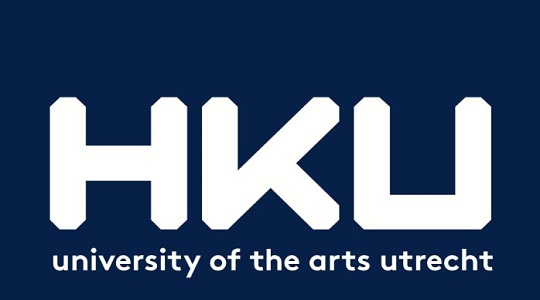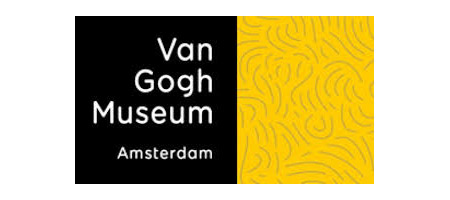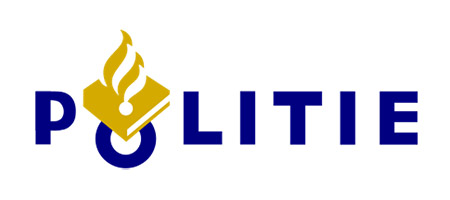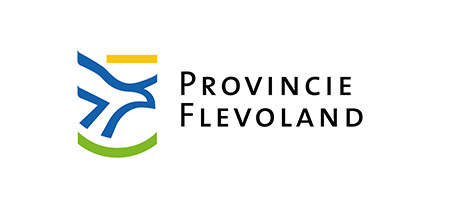The range of research methods on offer is enormous, so you can sometimes not see the wood for the trees. Therefore I offer you a handy overview.







The range of research methods on offer is enormous, so you can sometimes not see the wood for the trees. Therefore I offer you a handy overview.
One of our most read blogs is about the questions to ask during a process evaluation. Such an evaluation focuses on the way in which you work and (have) worked together.
Observation is a method of finding out and recording actual behavior. You choose the observation method to determine how activities, programs, or projects are received and when you want to register spontaneous reactions.
There are different things to consider when organizing and conducting a group interview than during an individual interview.
In my previous blogs, I explained how to determine the right research question and how to choose the proper research method. The next step in the research process is data collection. While gathering data, there are several things you need to keep in mind. I'll give you some tips.
If you are going to conduct research, it is essential to formulate the right research question. The purpose of the research and the research question indicates what the setup of the research will contain.
A questionnaire is used as a measuring tool to answer your research questions. It is essential that you can use the results of the questionnaire.
It is not always necessary to speak to everyone to get a representative picture. Especially with large numbers, such as the voting behavior of all Dutch citizens, a representative sample is drawn.
Questionnaires can be distributed digitally, but in certain situations, you make it easier for your respondents when they can fill it out on the spot on paper.
For many people, when they think of a research report, unfortunately, they still think of a bulky tome that reads like an exciting book (it works slowly towards the conclusion). However, there are other ways of reporting that are becoming more popular.